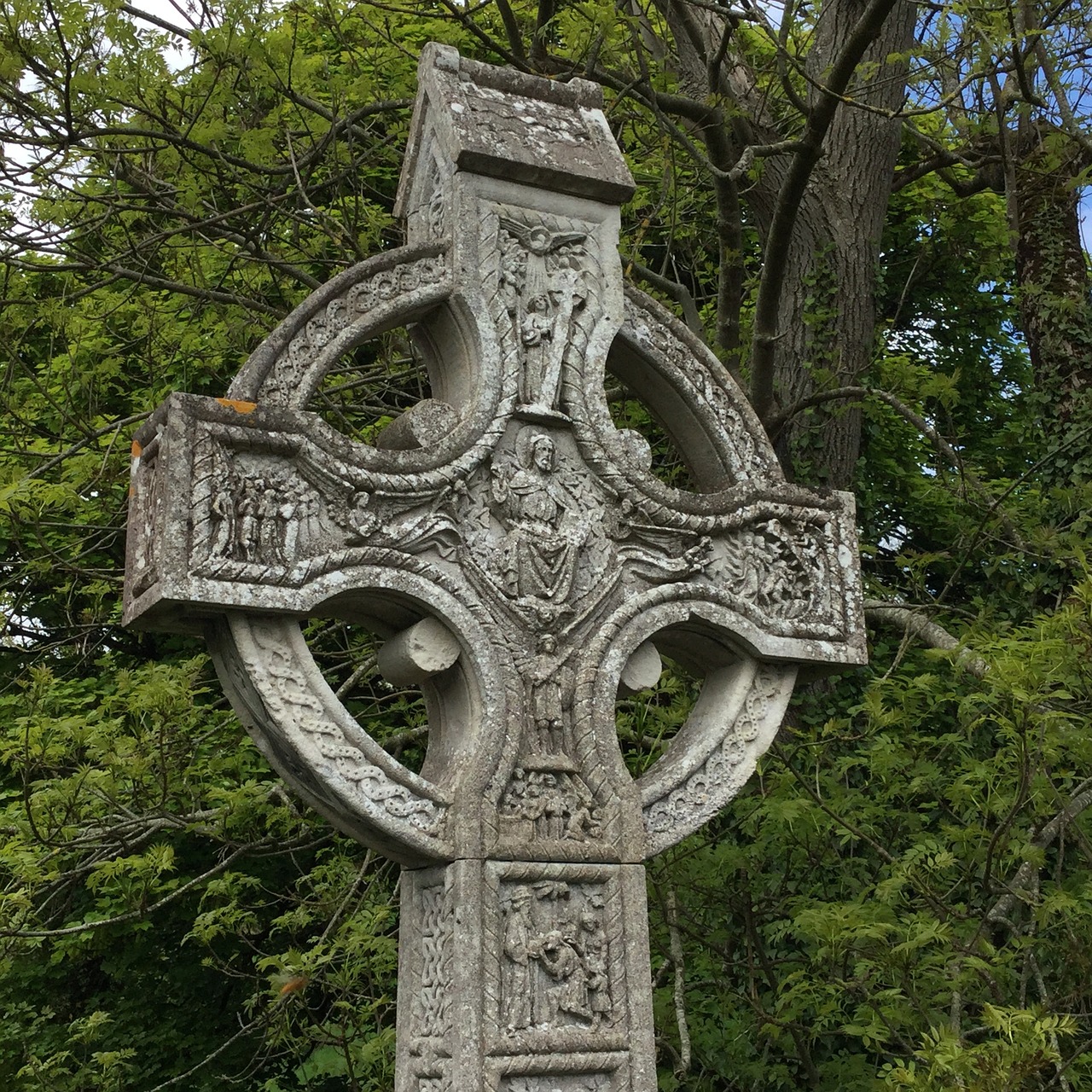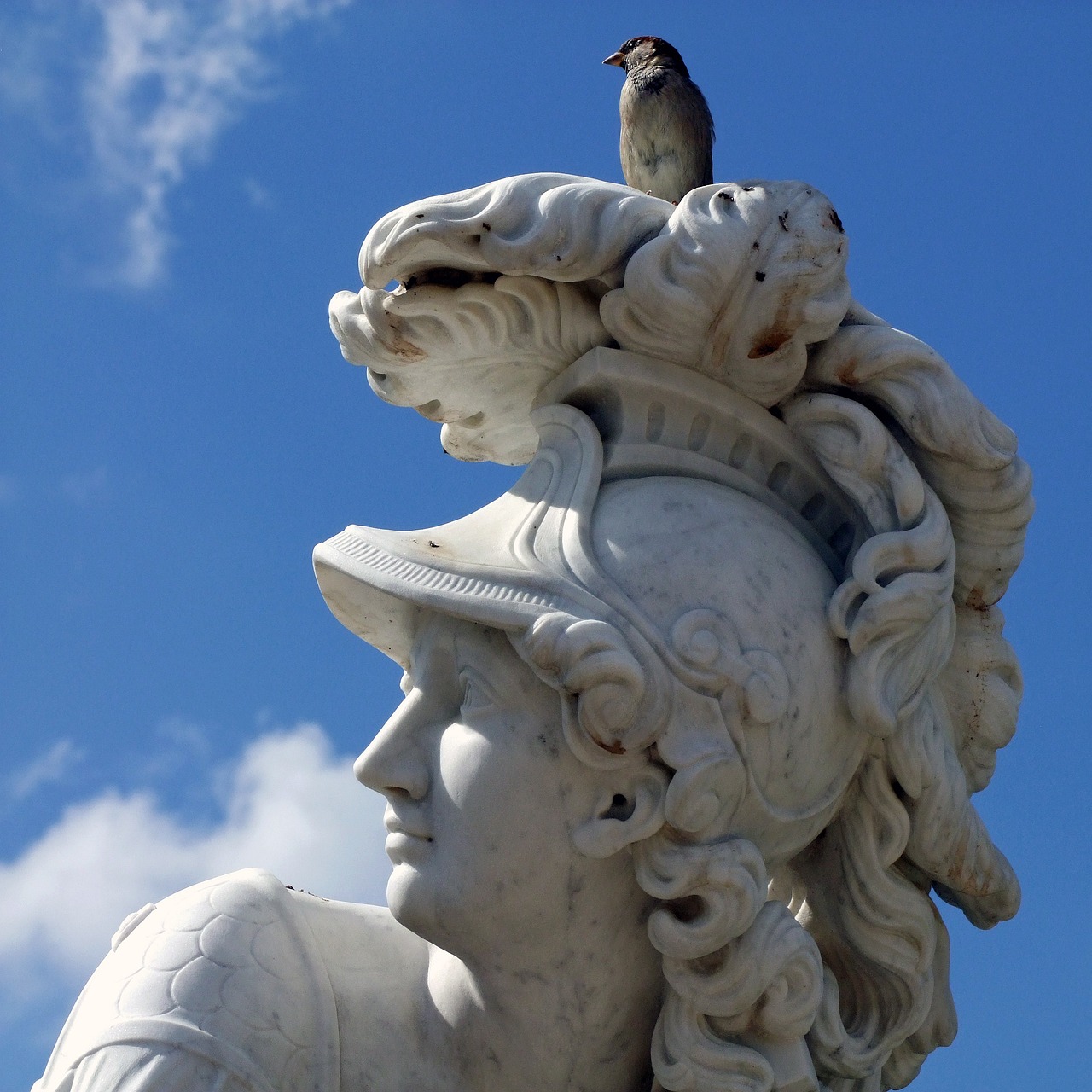Mythology
-

Lugh the Shining One: A Pillar of Celtic Mythology Introduction Lugh, revered as the shining one, stands as a pivotal figure within Celtic mythology, known for his exceptional abilities in warfare and mastery over a variety of arts and crafts. His title, Lugh Lamhfada, which translates to “Lugh of the Long Arm,” emphasizes his far-reaching…
-
Zhu Ba Jie: The Pigsy of Chinese Legend Name Origin and Meaning The character Zhu Ba Jie derives his name from various components: “Zhu,” a surname meaning “pig,” “Ba,” which signifies “eight,” and “Jie,” meaning “prohibitions.” This name was bestowed upon him by Tang San Zang when he became his second disciple. The “Eight Prohibitions”…
-
Background Balor served as a formidable chieftain among the Formorians, a sinister and demonic race that relentlessly dominated the Tuatha De Danann. His life came to a tragic end at the hands of his grandson, Lugh, during the Battle of Moytura, an event foretold by prophecy. The impact of Balor’s defeat was so catastrophic that…
-

The narrative of Medea, masterfully crafted by Euripides, unveils the dark complexities embedded within human relationships, particularly within the familial sphere. The societal issues reflected in the story resonate profoundly with contemporary situations. Medea embodies the profound suffering that transforms her into a figure consumed by her anguish. Through the lens of gender roles, matrimony,…
-

Overview Minerva stands as the embodiment of wisdom among the gods of Rome, revered for her intellect, craftsmanship, and artistic inspiration. She presides over all matters that require careful planning and consideration from her heavenly vantage point. In time, she was also regarded as a deity of warfare, becoming a goddess from whom strategic thoughts…
-
Mithraism, the ancient worship of Mithra, the Iranian god representing the sun, justice, contracts, and warfare, played a significant role in pre-Zoroastrian Iran. In the Roman Empire, during the 2nd and 3rd centuries CE, the deity was revered as the protector of loyalty towards the emperor. However, as Christianity gained acceptance under Emperor Constantine in…
-

Mythology often highlights heroes and saviors, but it also embraces the characters of tricksters and jesters. One such figure in Irish mythology is Bres, a king who is neither revered nor loved, embodying more folly than grace. Bres: The Enigmatic King Labeling Bres as a deity amidst the pantheon of Celtic gods is misleading. While…
-
Overview Taranis, the Thunderer, is recognized as the pan-Celtic deity associated with storms and thunder. Revered for his crucial role in various Celtic belief systems, he is often linked to inclement weather and the sacred wheel, though details about his worship remain scarce. Etymology The name Taranis translates to “thunder,” deriving from the Proto-Celtic term…
-

The most comprehensive narrative of the Osiris myth comes from the works of the Greek historian and philosopher Plutarch, who lived from approximately 46 to 120 CE. While his recounting is relatively late, it aligns harmoniously with evidence derived from earlier historical periods. Osiris is renowned as the inaugural ruler of Egypt, born to Geb,…


